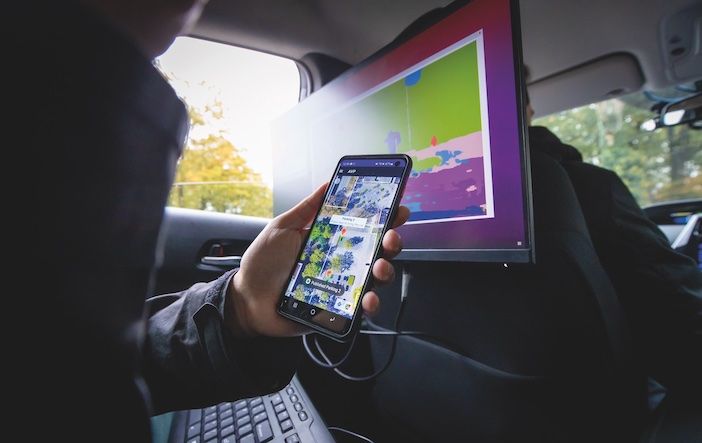While connected vehicle systems, otherwise known as vehicle-to-everything (V2x), are big news in transportation the world over, the Netherlands can lay claim to having one of the most advanced networks thanks to an ambitious decade-long project, focused not just on testing, but also on rolling out real-world projects that are having a tangible long-lasting benefit to society
Smartwayz.nl is a 10-year, €1.6bn innovative mobility program in the southern Netherlands. Launched in 2016, Smartwayz is led by the Dutch Ministry of Infrastructure and Province of Noord-Brabant with over 200 partners spanning regional and municipal government, industry, academia and European projects. It has matured a dizzying array of traffic technology, which in several instances has become the Dutch national standard.
Smartwayz provides testing-grounds for EU projects and tackles deployment challenges. A Programmaraad [Program Council] comprised of leaders from partner organizations takes strategic decisions guiding the work of numerous project leaders. Smartwayz aspires to an organizational paradigm beyond traditional top-down leadership and conflict between local, regional and national authorities.
“Current challenges of urbanization, accessibility, sustainability, quality of life and road safety require a different approach,” says Smartwayz innovation and development team manager, Paul Bevers. “Increasingly, mobility is a public-private matter, so innovation must include processes. We’re moreover focused on brede welvaart [broad prosperity] and improving the livability of cities.”
“Transitioning to smart mobility is complex, with many stakeholders and barriers to deployment. It requires new forms of government which are adaptive and user-centric”
Edwin Mermans, senior international affairs advisor, Smartwayz
“It’s a government behavior experiment,” says Smartwayz senior international affairs advisor, Edwin Mermans. “The world has changed. Transitioning to smart mobility is complex, with many stakeholders and barriers to deployment. It requires new forms of government which are adaptive, user-centric and not afraid to learn by doing – and sometimes by failing.”
Already, Smartwayz has proved its adaptivity. Six of its eight original subprojects married specific road-building or -widening schemes to smart innovation. But last year, new construction approvals were suspended until the Netherlands can reduce high concentrations of atmospheric nitrogen, caused by agricultural chemicals and destructive to ecosystems. Smartwayz thus shifted focus to optimizing mobility on existing infrastructure through systems management innovation alone.
“Personally, I don’t believe new infrastructure will solve any problem. Because traffic goes into the cities, where there is already insufficient space. We believe in traffic management”
Paul Bevers, innovation and development team manager, SmartwayZ
“Personally, I don’t believe new infrastructure will solve any problem,” says Bevers. “Because traffic goes into the cities, where there is already insufficient space. We believe in traffic management. We believe in hubs. Instead of seeing problems with roads, we should ask who needs to travel from A to B and how can we influence them to travel at another time, or in another way.”
Smart traffic lights
One success story has been intelligent traffic light installations (iTLIs), which were rolled out as part of the Talking Traffic scheme – the Dutch partnership that is helping to standardize data exchange between all industry stakeholders.
The iTLIs are traffic lights that detect and give priority to ambulances, fire engines or cyclists, communicating their presence via on-board apps. These were tested across Noord-Brabant with partners including Be-Mobile, the Regional Ambulance Facility and Breda fire brigade, with 220 iVRIs now operational in the province.
“It was a €70m project started by the Ministry of Infrastructure,” says Bevers. “The backbone of the technique is data layers, which enable providers to add new services. It reduces accidents involving emergency vehicles and allows them to attend incidents more quickly. When we detect three or more bicycles – which we call a peloton – they also get priority.”
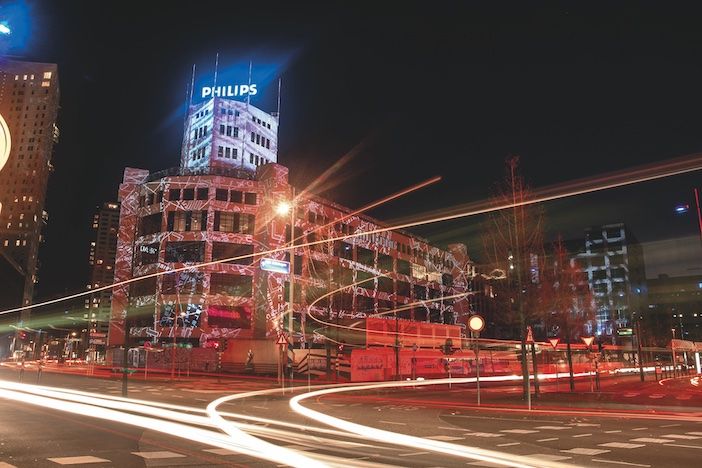
In several cities, a system to detect three-cyclist pelotons with cameras and software is being piloted, with reductions of up to 40% in stops and 70% in waiting times for cyclists expected. Detection of cyclists via the Schwung smartphone app has also been proven and, by giving them priority, iTLIs offer a tool to incentivize cycling.
“Now, iTLIs are the national standard,” says Mermans. “They improve traffic flow and air quality, because trucks don’t brake as much. This illustrates the essence of Smartwayz: we start small, identify opportunities, test technology in the real-world, then mainstream it to create the new normal.”
Growing populations
The need for smarter mobility is driven by economic growth and plans to build 30,000 new homes around Eindhoven. Consequently, increased demand for mobility will exceed the capacity of current infrastructure, which must therefore be used more optimally. This echoes the challenge Pieter Litjens (director of CROW and chair of the Intertraffic Awards Jury) reports in Amsterdam.
“The Amsterdam region will need 240,000 more houses by 2040,” says Litjens. “Our infrastructure cannot handle the 20% increase in mobility demand that will generate – and adding lanes just creates wider traffic jams. We need new solutions which accommodate growth within sustainable use of public space.”

In Eindhoven, Smartwayz works with major employers driving the economic boom. Principle among these is semi-conductor company ASML, whose workforce grew from 20,000 to 40,000 in four years from 2018. Remarkably, this was accomplished without adding to traffic thanks to a combination of public transport, high-speed cycle lanes and parking hubs 10km distant from ASML’s Eindhoven facilities.
“ASML doubled their employees without any more people commuting by car,” says Mermans. “It shows how cities can grow without car traffic doing likewise. It required every approach we have – and what works in Eindhoven is transferable to places like Roermond, with its cross-border retail traffic.”
Autonomous solutions today
Smartwayz implements the European concept of Cooperative Connected and Automated Mobility (CCAM), which anticipates automated vehicles (AVs) integrated with infrastructure to serve not individual but societal ends. The Buurauto-NOOM platform enables automated valet parking, whereby shared automated vehicles (AVs) drive themselves at pedestrian speed from charging-station to client. This potentially congestion-reducing service was piloted in Breda last year.
“As Smartwayz, we don’t develop new technology,” Mermans explains. “It’s low-hanging fruit, because we know AVs work at pedestrian speed. We provide the infrastructure and deal with other barriers to implementation, including how people behave around such a system.”
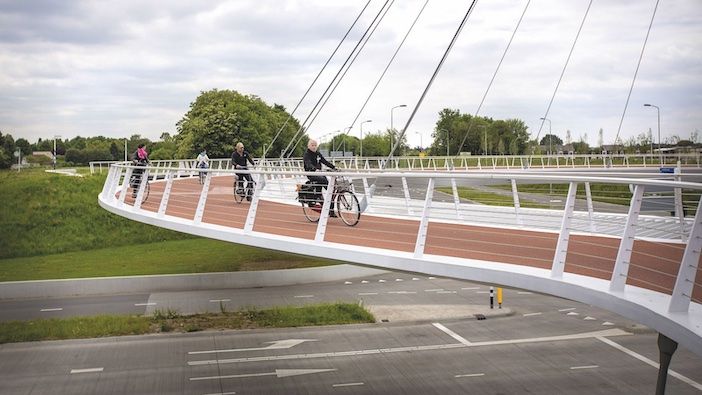
The Horizon-funded SINFONICA (Social Innovation to Foster Inclusive Cooperative, Connected and Automated Mobility) project is testing autonomous bus services, which could bolster the economic viability of public transport and address driver shortages. During Dutch trials, Smartwayz focused not on the technology itself, but on questions of procurement and ‘mobility-for-all’ in an automated future ecosystem.
“In Breda, we saw that everyone was enthusiastic for such a system,” says Bevers. “There were some technical learnings. For instance, AVs will stop unnecessarily in harmless situations, because there’s a cat walking around.”
This very problem is addressed by Fabulous AI, in which Smartwayz and Dutch knowledge institute, TNO are collaborators. The system, which combines cameras and software to enable more nuanced automated driving decisions, was successfully tested in 2023, with TNO now working on a scalable iteration.
Smarter mobility
SINFONICA is one of many projects initiated and supported by Europe’s Cooperative, Connected and Automated Mobility (CCAM) Partnership, of which Margriet van Schijndel is an executive board member and leads the CCAM Key Enabling Technologies Cluster. She contrasts the CCAM philosophy with the wasteful individualism of AVs elsewhere in the world.
“The CCAM Partnership considers how vehicles use infrastructure and provide information we can use to steer on throughput, safety, sustainability and for predictive road maintenance”
Margriet van Schijndel, executive board member, Cooperative, Connected and Automated Mobility (CCAM) Partnership
“Autonomous vehicles which don’t follow a systems perspective aren’t that smart,” she says. “In Europe, we work towards automated driving. The CCAM Partnership considers how vehicles use infrastructure and provide information we can use to steer on throughput, safety, sustainability and for predictive road maintenance. We consider issues like validation and homologation of automated technology and cybersecurity when vehicles are sharing data.”
Smartwayz has partnered with industry to create innovations like ROMO (Road Monitor), a platform using aggregated road-surface sensor data from Mercedes-Benz cars to enable proactive road safety and maintenance. Ford is a keen partner in GLOSA (Green Light Optimized Speed Advisory), which aims to eliminate avoidable braking and acceleration at traffic lights by transmitting speed advice to cars. The Smartwayz Mobility Lab has meanwhile fostered scores of budding startups.
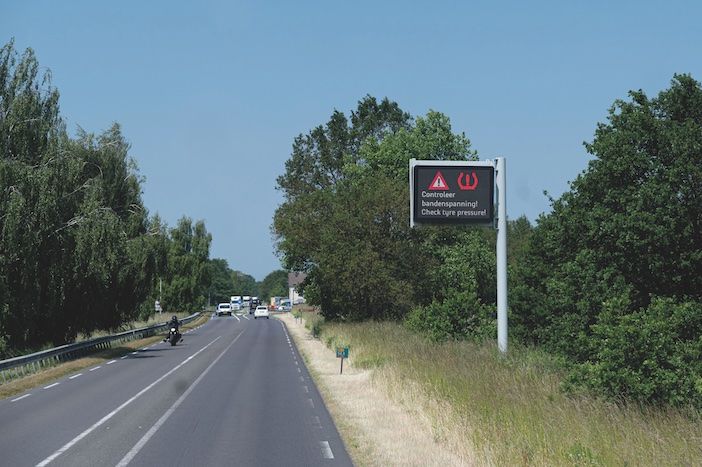
“Every year, we have a competition and select 15 startups,” says Mermans. “We offer them financial support, provide testing infrastructure, connect them with investors and clients. One example was Amber, an ICT-driven shared electric-car company. They grew by making contracts with major employers and were recently acquired by a larger company, which is a success in terms of upscaling.”
Since its inception, the Mobility Lab has supervised over 90 startups, with their growth creating more than 300 new jobs, developing a network of 200 launching customers and supporting over 40 mobility pilots in the Smartwayz region.
Testing times
Part of Smartwayz success is due to the fact that its technical infrastructure makes the southern Netherlands an attractive testbed for many different European projects.
“The A270 between Eindhoven and Helmond is equipped with cameras and sensors to test a range of smart technology,” says Mermans. “This highway test-track was established by TNO and the Municipality of Helmond 10 years ago. It makes us interesting to European consortia and OEMs. We work with them pragmatically, with TU/e always involved.’
Smartwayz will reach its 10-year end-point in 2026 and both Bevers and Mermans believe it has achieved considerable success in accelerating the transition to smart, safe and sustainable mobility. It may be a time to reflect on the success of this experiment in adaptive, collaborative government.
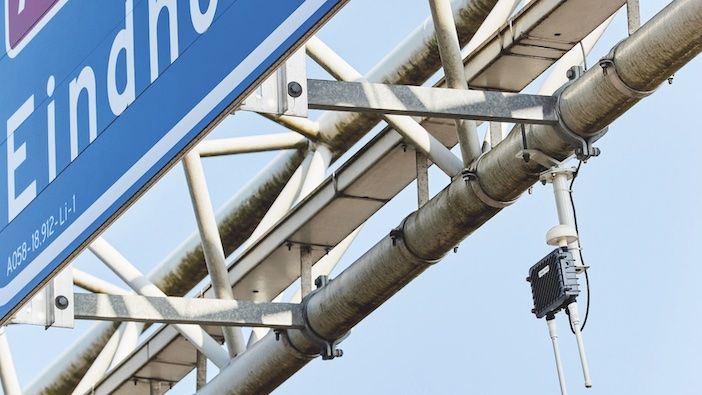
“Of course, government transformation is a bumpy road,” says Mermans. “But the complexity of the challenge and its dynamics in time mean the need will only continue to grow. We have to be adaptive, so we would never say to an innovator, “That’s not in our strategy – come back in 10 years.” We want to try everything. Already, colleagues are joining our organization with totally different types of experience, fit to manage processes and stakeholders in the real world.”
In 2026, Smartwayz will draw to a close. But every end is a beginning – and Mermans expects the Smartwayz approach to continue in some form.
“Who knows what the future will look like?” Mermans concludes. “Governments often decide the beast needs another name. But if we work in a similar way with the same partners and agenda, then the ghost of Smartwayz will continue.”
This is an edited version of the full article that was first published in the March 2023 edition of TTi magazine.


